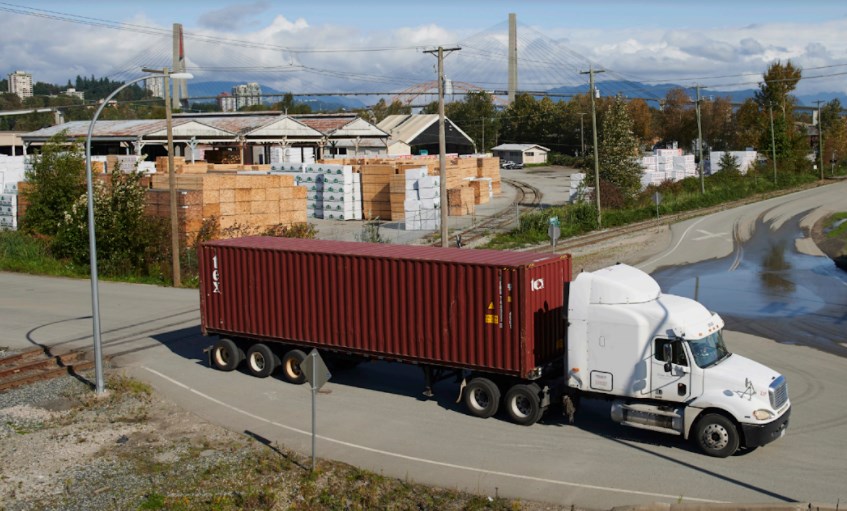Astronomical costs of land, rock bottom vacancy rates and a meagre supply which are driving prices skyward making it difficult to make ends meet or even choose Vancouver to being with.
Are you about to read another op-ed on Vancouver’s housing crisis? No, you’re not – but that is where the good news ends. Instead I seek to shed some light on the lesser-known parallel crisis facing Metro Vancouver’s industrial lands.
Do you remember those “Alberta is calling” ads? The ones we all chuckled at politely, then went about our day, wondering who would want to trade beautiful B.C. for the flat landscapes and frostbitten winters of our eastern neighbours.
Well, just like the housing crisis is pricing out many Vancouverites and leaving them with no choice but pack up and move east, our latest economic impact study reveals that as the industrial land shortage inches closer to a crisis point, Greater Vancouver teeters on the brink of losing its appeal a prime investment destination.
In fact, just in the last 4.5 years, an estimated 5.1 million sq. ft. of space has been taken up by firms in Calgary rather than Metro Vancouver. This includes firms that have left the region and others that preferred to invest in Vancouver but instead chose Calgary. The economic repercussions are staggering: The study estimates that our loss of 6,300 direct jobs, $477 million in wages, and nearly $500 million in GDP is Calgary’s gain.
These are family-supporting jobs – with wages 10 per cent higher than the national average - which would substantially increase local production, manufacturing, and support local industries. Because despite only making up four per cent of Metro Vancouver’s land mass, industrial land generates one-third of the region’s GDP and one in four jobs.
And as our economy evolves more and more new businesses are looking for industrial space, but with vacancy rates hovering below one per cent they are not finding it. From breweries and chocolatiers to film studios and biotech labs as well as many critical to the running of a city like recycling depots.
The rise of e-commerce means there is growing and substantial demand from the logistics and shipping industry as companies that manage the flow of goods become essential, and they need space. Almost half of the shipping container coming in and out of Canada do so through the Port of Vancouver, but this crisis is forcing many companies to establish distribution centres in Calgary. This means that goods are shipped into our port, sent to Calgary, and then trucked back to Vancouver.
In short, not only are we failing to take full advantage of the massive economic benefits that come with being a port city but we’re trading away local well-paying jobs and investments in our region in exchange for more GHG emissions and congestion in our streets.
We are seeing governments announce bigger and bigger deficits while families, individuals and businesses continue struggling to make ends meet, with economic indicators threatening a recession as early as the beginning of 2024. In an intensely competitive global arena, British Columbia and the Metro Vancouver area must proactively seek out investments and create an environment conducive to the growth and prosperity of our local economy.
This isn’t an impossible task, our competitors like Seattle have set aside five per cent of their land for local production by adopting an Industrial and Maritime Strategy - ensuring they do not lose more of this productive and sought after land.
The gateway to the western trade corridor, Vancouver plays a crucial role in Canada’s reliability as a trading partner and by addressing the industrial lands shortage, we can lower transportation costs and increase benefits here at home. In fact, according to the study, for every one-per-cent increase in land available for jobs and production, an additional 126,100 jobs are created, and $12.2 billion in GDP is generated for B.C.
To achieve these goals, we must adopt a holistic approach that refocuses regional land use planning to prioritize local housing, local food production, and the creation of local jobs, as recommended in our latest report. And we must do so with urgency; government at all levels need to figure out where to streamline processes and bring land to market that can house the next generation of investment and jobs. In doing so we will deliver better results for British Columbians and B.C. businesses.
Bridgitte Anderson is the CEO and president of the Greater Vancouver Board of Trade.





